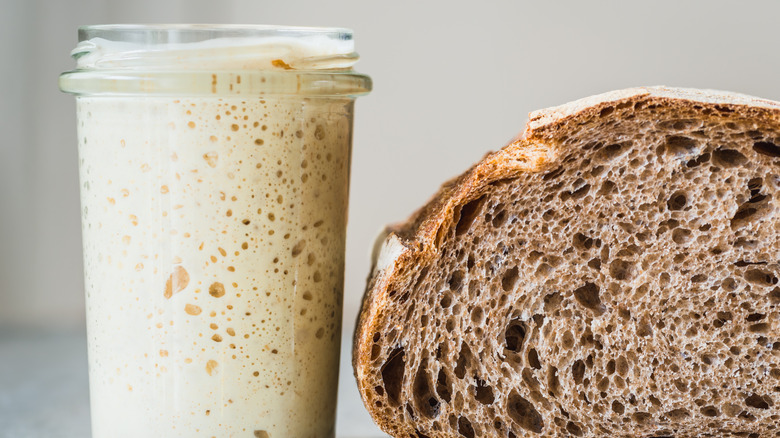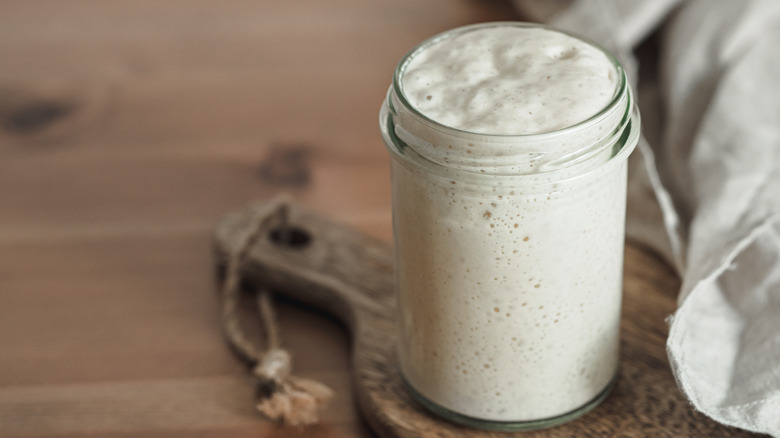How To Tell When Your Sourdough Starter Is Ready
When it comes to sourdough baking, the secret to success lies in knowing when your starter has reached its peak activity and is ready to work its magic. But how do you know when that is exactly? It all comes down to the telltale signs of a healthy period of starter growth. To get started, try our foolproof sourdough starter recipe.
One of the surefire indicators that your sourdough starter is ready for action is the presence of lots of active bubbles at the top. Using this indicator, you should see bubbles forming and slowly popping as the gas pushes through the dough to be released. These bubbles are a sign that the starter is busy fermenting and producing gas, which gives the starter its characteristic leavening power in loaves of bread and other baked goods.
Another handy test to determine if your sourdough starter is ready is the float test. Simply drop a small spoonful of the starter into a glass of water. If it floats, you can see that the starter is buoyant and full of gas, which means it's active and ready to be used in hot honey sourdough bread, homemade pita, and so much more.
Sourdough starter is usually at its peak a few hours after feeding
But why are bubbles and the float test such important indicators of a ready-to-use sourdough starter? It all comes down to the fermentation process. The bubbles are evidence of the yeast and bacteria consuming the flour and producing carbon dioxide gas, which helps to aerate and leaven the dough. Similarly, the float test confirms that the starter is light and airy, indicating that it has developed enough gas to lift the dough and give your bread the rise it needs to avoid being dense and stodgy.
Typically, a sourdough starter is at its peak when it has doubled in volume consistently after feeding, and is bubbly and frothy throughout. This usually occurs between four to 12 hours after feeding, depending on factors such as temperature and hydration level. Using the starter at its peak ensures that it has reached maximum activity and flavor development, resulting in the best possible flavor and texture in your sourdough bread.
So, the next time you're gearing up to bake a batch of sourdough, remember to look for the signs of vitality in your starter. With a keen eye and a bit of patience, you'll be rewarded with beautifully risen loaves and the unmistakable flavor of homemade sourdough perfection.

